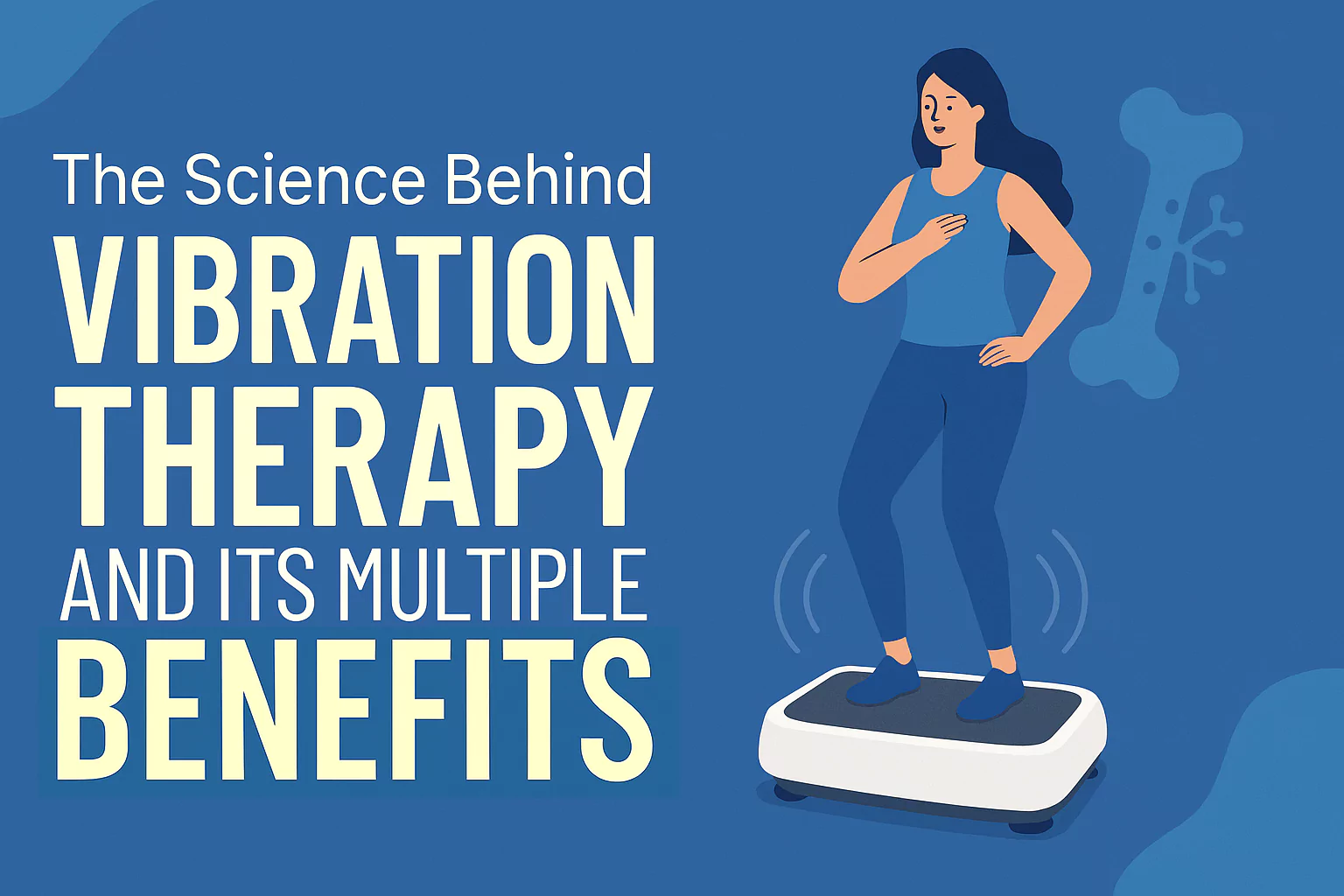
Whole-body vibration therapy science, though seemingly modern, has been used for decades by medical professionals to treat various physical conditions. It involves specialized machines transmitting mechanical vibrations throughout the body, stimulating rapid muscle and bone contractions.
These vibrations vary by frequency, amplitude, and direction, each producing distinct physiological responses. Recent scientific studies underscore its numerous benefits, including improved muscle strength, flexibility, bone density, rehabilitation, performance enhancement, weight management, and chronic condition relief.
However, understanding the underlying science, along with potential risks and safety guidelines, is essential for maximizing its effectiveness and safety. This guide explores how vibration plates work, their health benefits, and practical considerations, empowering you to safely incorporate vibration therapy into your wellness routine.
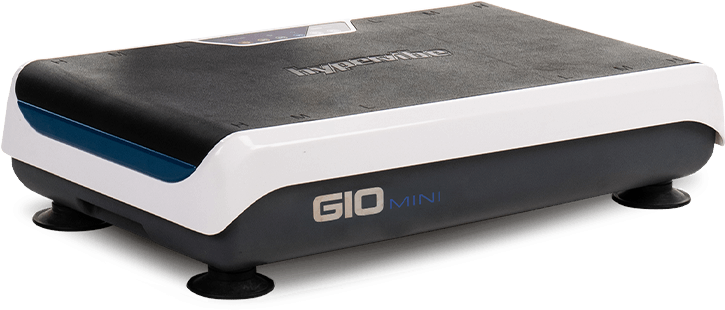




Whole-body vibration therapy is a non-invasive method that uses mechanical vibrations to stimulate the entire musculoskeletal system.
But how does a vibration plate work, and why is it gaining popularity across fitness and rehabilitation fields?
Vibration therapy forces muscles to contract and relax at significantly higher rates than standard physical activity.
This occurs through gentle pulses transmitted throughout the body, activating deep muscle fibers and increasing blood flow.
Enhanced circulation ensures that healing areas receive more oxygen and nutrients, accelerating recovery.
Moreover, vibration therapy encourages the production of osteoblasts—cells essential for bone growth and repair.
It also provides natural pain relief by delivering low-intensity but high-frequency stimuli to the bones and tendons, triggering beneficial anabolic signals without discomfort or unnatural strain.
All of this is achieved simply by standing, sitting, or lying on a vibrating platform.
Whether you remain still or perform exercises, the entire muscular system benefits, making it ideal for both general wellness and recovery support.
At its core, whole-body vibration therapy involves standing on a vibration machine that sends controlled mechanical oscillations through your body.
These vibrations cause your muscles and bones to contract and relax, mimicking physical exertion.
Key factors include:
Different machines deliver vibrations in specific patterns, each with its own benefits:
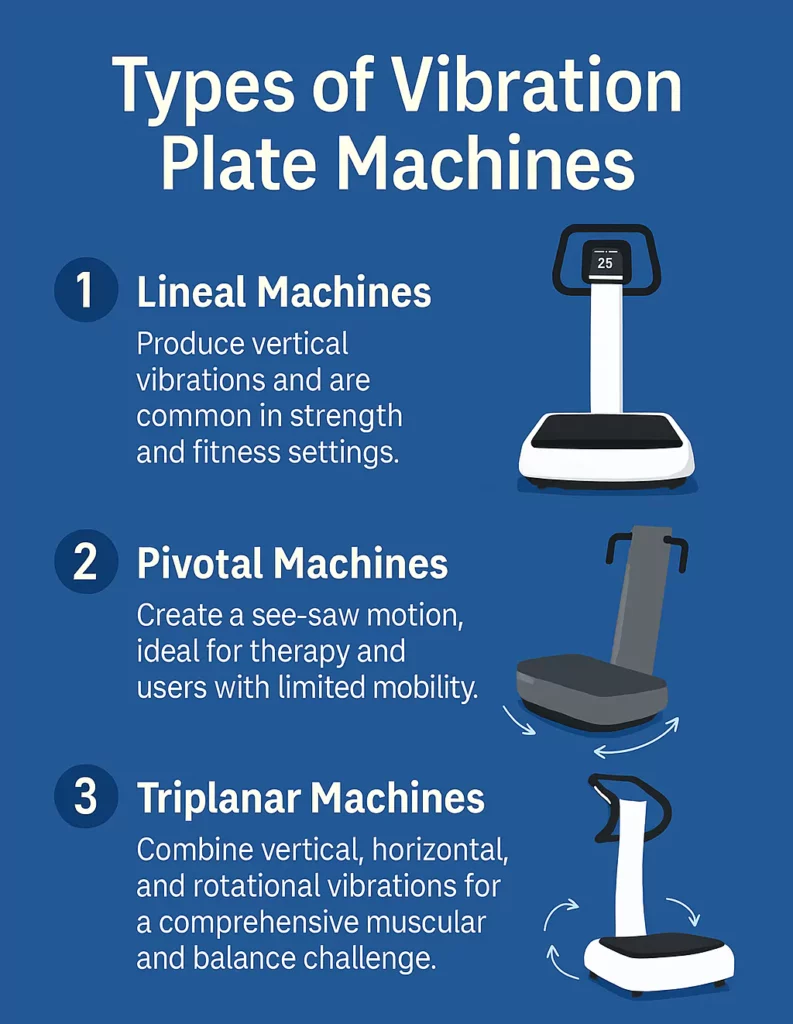
Infographic descripting (Types of Vibration Plate Machines)
When you step on a vibration plate, mechanical impulses travel through your feet (or other contact points), causing an automatic reflex response in your muscles.
These contractions not only activate more muscle fibers than voluntary exercise but also distribute forces across the body, improving flexibility, balance, and strength.
Additionally, hormonal and metabolic reactions are triggered, enhancing overall wellness.
However, proper technique, machine settings, and session duration are essential to maximize benefits and ensure safe use.
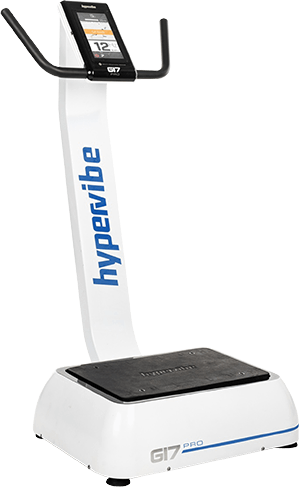




Whole-body vibration therapy has gained widespread attention for its profound effects on muscles, bones, and overall health.
But how does a vibration plate work to produce such wide-ranging benefits?
By delivering high-frequency mechanical vibrations through a platform, this therapy stimulates rapid muscle contractions, enhances blood flow, and triggers powerful physiological responses.
Whether you’re focused on fitness, rehabilitation, or managing chronic conditions, here’s how vibration plates make a difference:
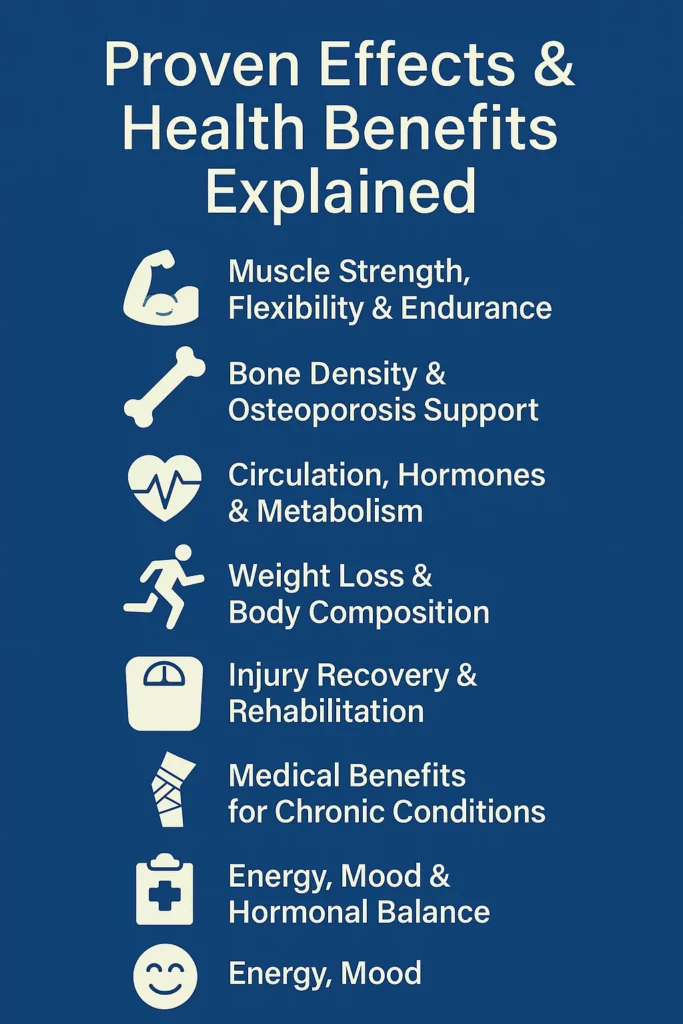
Infographic descripting (Proven Vibration Therapy Effects & Health Benefits Explained)
The core advantage of vibration therapy is the stimulation of involuntary muscle contractions.
These rapid contractions build muscle mass, improve strength, and extend muscular endurance.
Users also experience greater flexibility due to reduced muscle tension and increased joint range of motion.
Vibration therapy exposes bones to safe mechanical stress, promoting the growth of osteoblasts—the cells responsible for forming new bone.
This is especially beneficial for individuals with osteoporosis, helping improve bone mineral density and reduce the risk of fractures.
Mechanical vibrations enhance blood circulation, boosting oxygen and nutrient delivery throughout the body.
They also influence hormonal and metabolic activity, including improved serotonin levels, reduced cortisol, and stimulation of growth hormone production.
These shifts support faster healing and mood balance.
Vibration plate users often report:
These benefits make the therapy highly suitable for athletes and older adults alike.
By boosting metabolism, vibration plates support:
These changes are often visible up to 2x faster than results from traditional workouts.
Whole-body vibration accelerates muscle pain relief, tissue healing, and joint mobility.
It promotes the release of repair hormones, eases muscle soreness, and reduces the strain on tendons and joints, making it ideal for injury recovery and fall prevention in elderly individuals.
Scientific evidence supports its use for managing:
The therapy improves joint mobility, cellular oxygenation, lymph drainage, and waste removal, while also promoting collagen production and reducing inflammation and blood pressure.
Vibration therapy supports mental wellness by:
The effectiveness of vibration therapy depends on factors like frequency, amplitude, session duration, and individual health conditions.
When used properly, vibration plates can transform physical performance, promote healing, and enhance daily well-being—making them a valuable addition to any fitness or therapeutic routine.
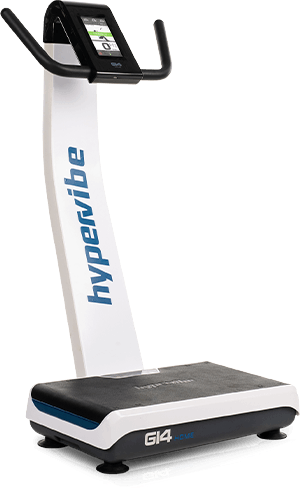




Whole-body vibration therapy is generally safe and beneficial for most individuals when properly used.
However, like any therapeutic exercise, understanding potential risks, side effects, and guidelines is essential to maximize benefits and avoid complications.
The risks associated with vibration therapy depend largely on the frequency, intensity (amplitude), and duration of usage.
Higher frequencies and longer sessions can increase the likelihood of negative effects, including:
These severe complications typically result from excessive or prolonged exposure—similar to individuals who frequently use heavy vibrating equipment in occupational settings.
Certain medical conditions and health situations necessitate caution or may exclude vibration therapy altogether. It’s crucial to consult a healthcare professional if you have any of the following:
Consultation ensures safe, individualized guidelines, protecting you from potential adverse effects.
Follow these recommendations to safely experience the therapeutic benefits:
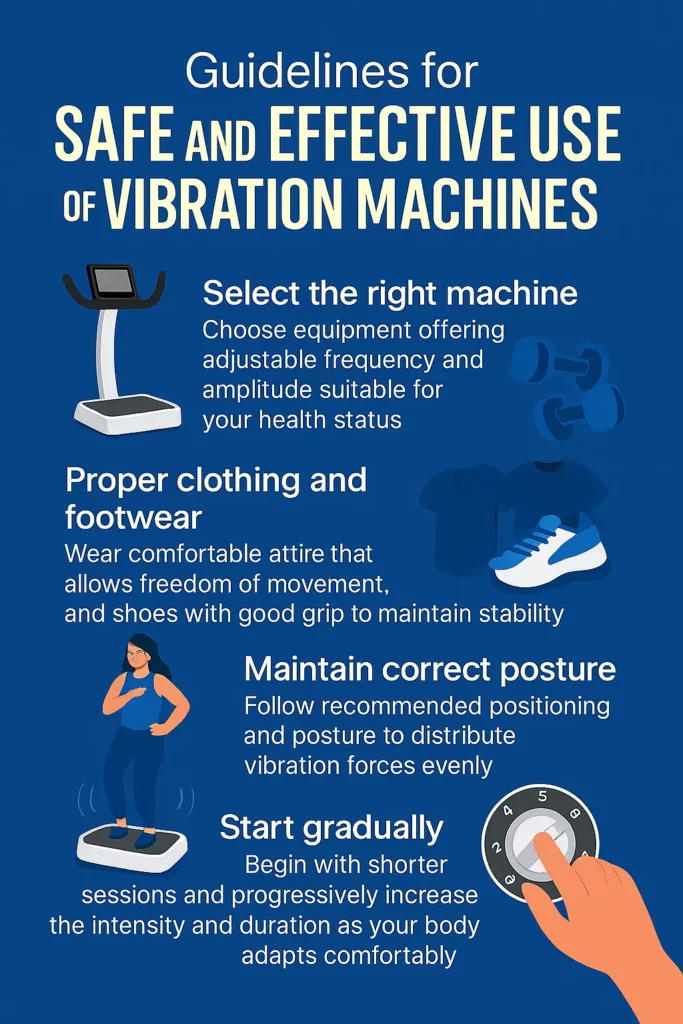
Infographic descripting (Guidelines for Safe and Effective Use Of Vibration Machines)
Before diving into the science, it’s helpful to understand how vibration therapy evolved over time:
Now that you’re familiar with the background and benefits of vibration therapy, it’s worth noting that it’s a low-impact, joint-friendly option for a wide range of users—from athletes to those with chronic conditions.
While research is still ongoing, current studies highlight a strong balance of benefits over risks.
Whether you’re aiming for better health, faster recovery, or enhanced performance, vibration therapy is a powerful alternative worth considering in your wellness routine.

To use a vibration plate for weight loss, stand, squat,...
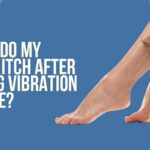
Lately, vibration therapy (VT) has been finding implementation in more...

The lymphatic system, also called the lymphoid system, is an...

Taking into consideration the growing popularity of the vibration plate,...

Most probably you are already familiar with the body vibration...